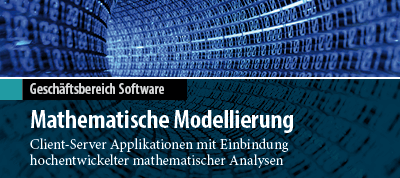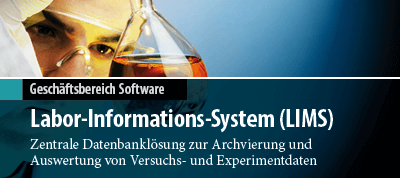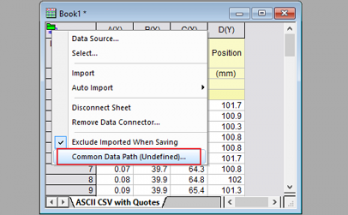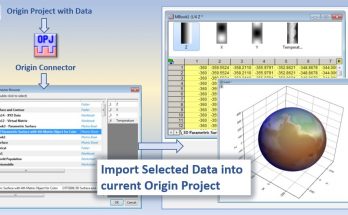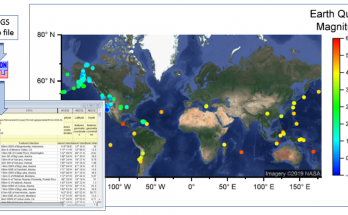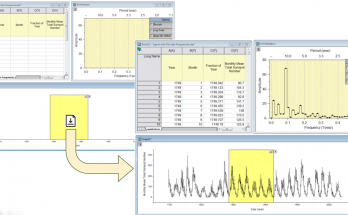Overview of Blog Entries for Data Connectors in Origin 2019b
Using a Common Data Path for Data Connector Import
tarting with Origin 2019b, you can connect a worksheet to an external data file using the new Data Connector Apps. The benefit of using a Data Connector is that the project can be saved without the data to reduce project file size, and one can at any time re-import the data from the file for further processing. Data Connectors are available for several file types such as CSV, Excel, XML, JSON, MATLAB, and also for data archived in Origin Project files.
Read more at the OriginLab Blog »
Using an Origin Project as a Data Repository for the Origin Connector
Origin 2019b introduces a new set of data importing features collectively know as Data Connectors. But in this post, the Origin File Data Connector will be introduced. The Origin File Data Connector lets you connect to another Origin project file (OPJU or OPJ) and import data from it into your current project. It is a data-centric feature and will not pull graphs or analysis operations from an Origin project (though it can retrieve the end results of analysis operations if they are in a worksheet).
Read more at the OriginLab Blog »
Origin Web Data Connector in 2019b
In Origin 2019b, a new concept called Data Connector was introduced. Adding a Data Connector to a worksheet allows you to connect the worksheet to either a file on disk, a web file or tables in a webpage. Depending on the type of Data Connector, you can then select what part of the data to import into your worksheet.
Read more at the OriginLab Blog »
Exclude imported data when saving project
With ever increasing data size, users often face the challenge on how to keep their Origin Project File (OPJU) size smaller. …








